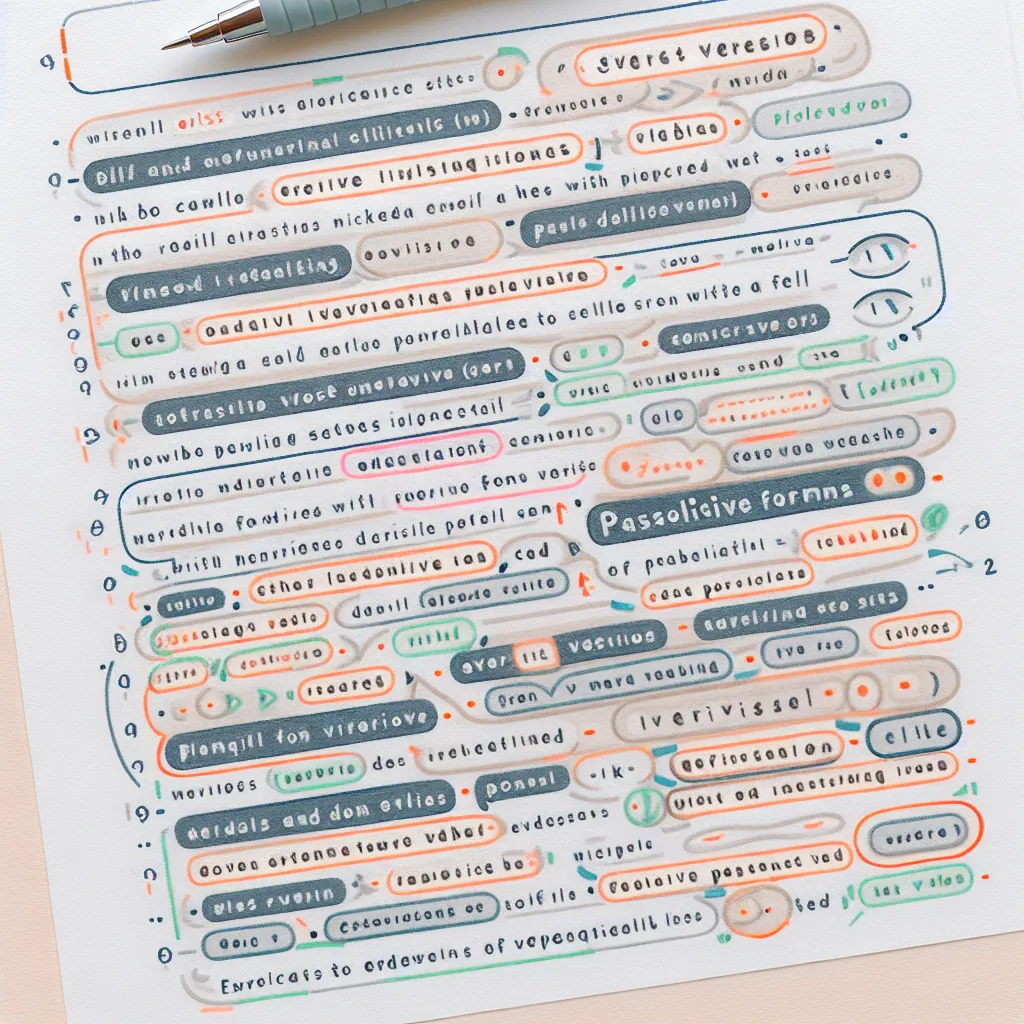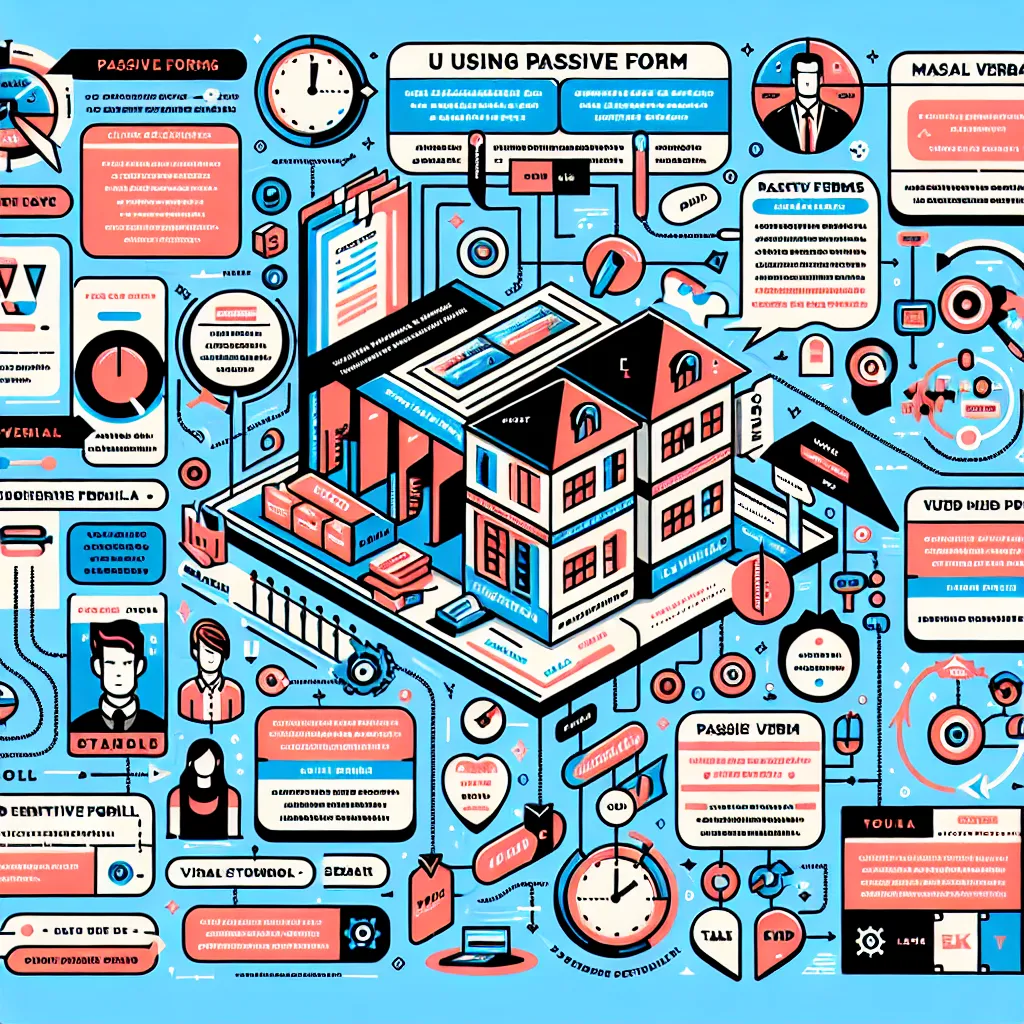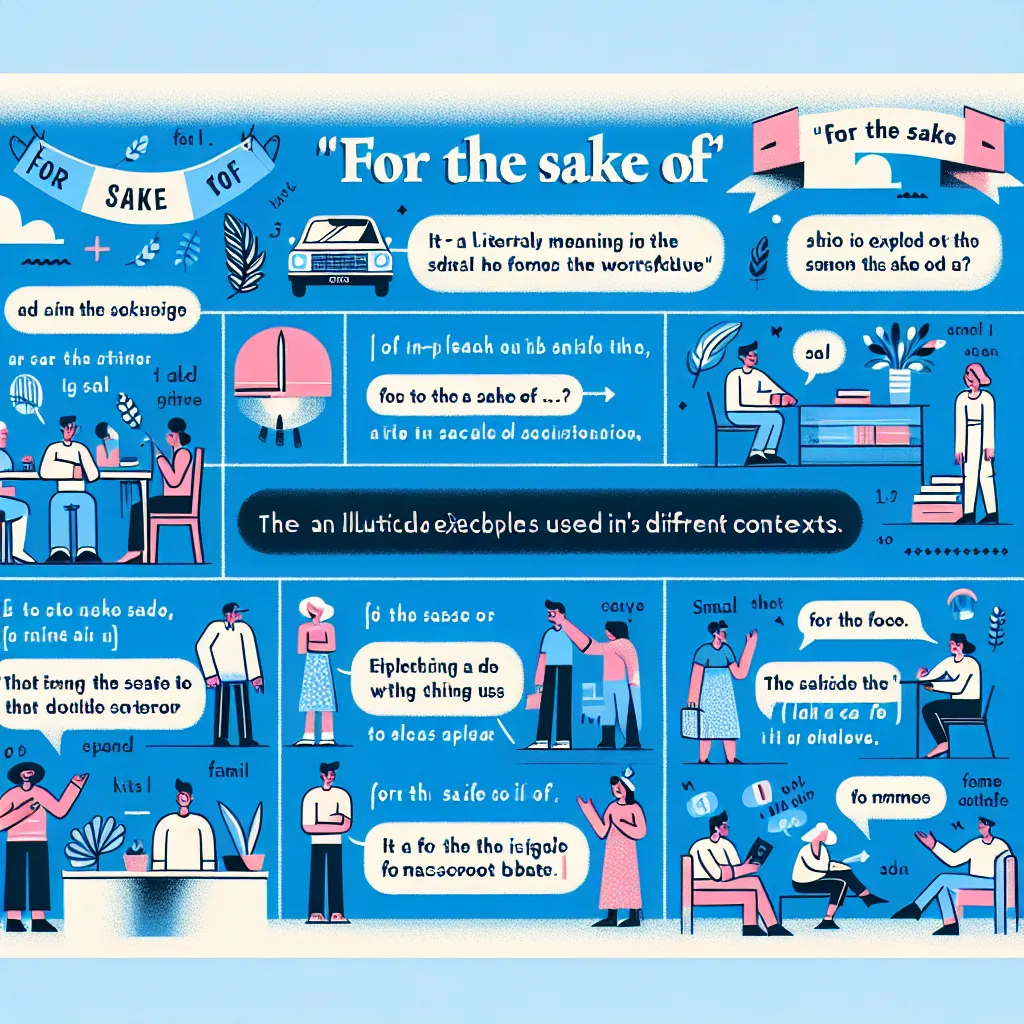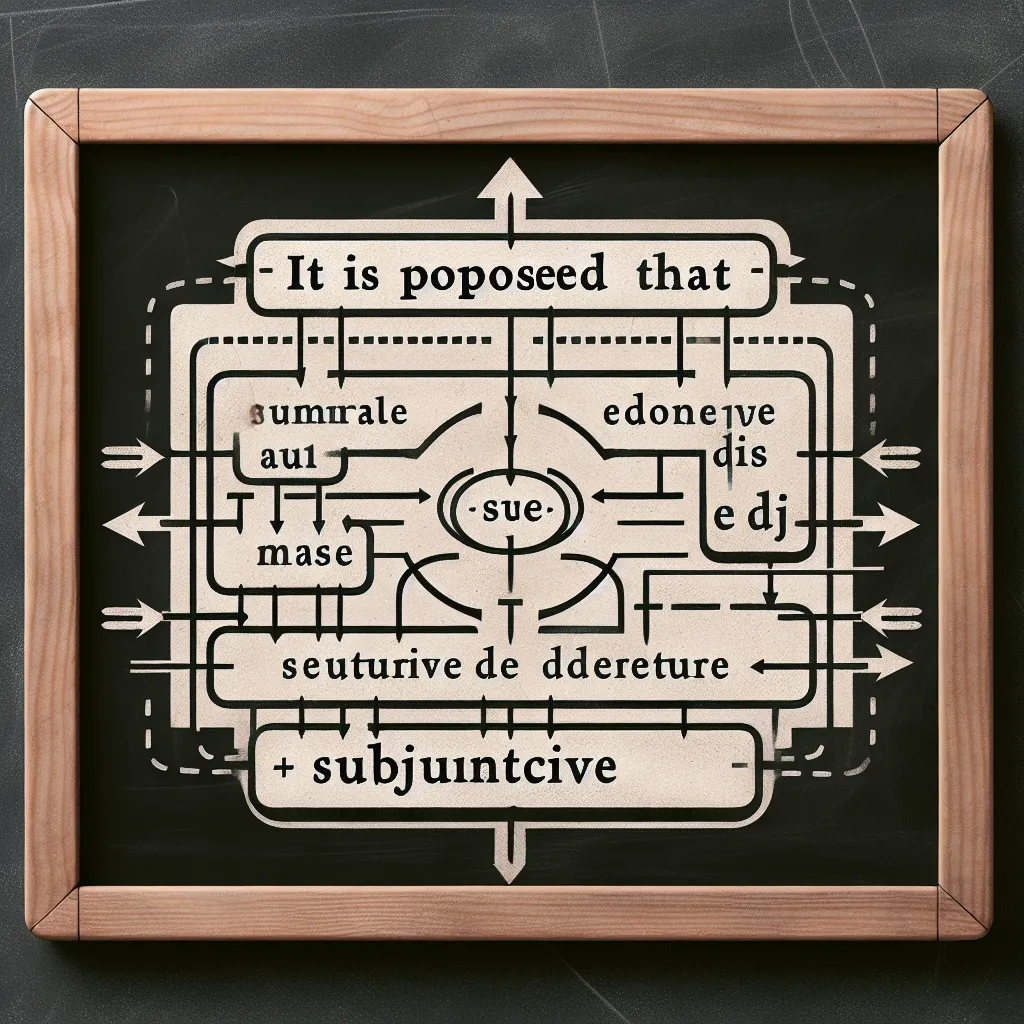The phrase “little by little” is a powerful expression that conveys the idea of gradual progress or change. In IELTS writing and speaking tasks, using this phrase effectively can demonstrate your ability to describe processes and developments accurately. Let’s explore how to incorporate “little by little” into your IELTS responses and elevate your language skills.
Nội dung bài viết
Understanding “Little by Little”
“Little by little” is an idiomatic expression meaning “gradually” or “in small amounts over time.” It’s commonly used to describe slow but steady progress or change. In IELTS, this phrase can be particularly useful in Task 1 writing when describing trends or in Task 2 essays when discussing gradual societal changes.
Examples:
- The company’s profits increased little by little over the past decade.
- Little by little, the old building was restored to its former glory.
- Children learn to read little by little, starting with simple words and progressing to complex sentences.
 Gradual Progress Concept
Gradual Progress Concept
Grammar and Usage
Sentence Structure
“Little by little” is an adverbial phrase that can be placed at the beginning, middle, or end of a sentence. Its position can slightly alter the emphasis of the sentence.
- At the beginning: “Little by little, the students improved their English skills.”
- In the middle: “The students, little by little, improved their English skills.”
- At the end: “The students improved their English skills little by little.”
Tenses and Context
This phrase can be used with various tenses, depending on the context:
- Present Simple: “He little by little gains confidence in speaking English.”
- Present Continuous: “The ice caps are little by little melting due to global warming.”
- Past Simple: “She little by little overcame her fear of public speaking.”
- Present Perfect: “The company has little by little expanded its operations globally.”
Applying “Little by Little” in IELTS Tasks
IELTS Writing Task 1
In Task 1, “little by little” can be used to describe gradual changes in graphs or processes:
Example: “The graph shows that unemployment rates decreased little by little from 2010 to 2020, with an average annual reduction of 0.5%.”
IELTS Writing Task 2
For Task 2 essays, this phrase is useful when discussing gradual societal changes or personal development:
Example: “While technological advancements often seem rapid, their impact on society is often felt little by little. For instance, the adoption of smartphones has gradually changed how people communicate and access information over the past decade.”
IELTS Speaking
In speaking tasks, “little by little” can be used to describe personal experiences or observations:
Example: “When I first moved to a new city, I felt overwhelmed. But little by little, I made friends and became more comfortable with my surroundings.”
 IELTS Writing Sample
IELTS Writing Sample
Advanced Usage for Higher Band Scores
To achieve higher band scores in IELTS, consider these advanced applications of “little by little”:
-
Combine with other expressions: “Little by little, step by step, the community rebuilt after the natural disaster.”
-
Use in complex sentences: “Although the initial progress was barely noticeable, little by little, the cumulative effect of daily practice led to significant improvement in language proficiency.”
-
Incorporate into idiomatic expressions: “Rome wasn’t built in a day, and similarly, mastering a language happens little by little.”
-
Use as part of a comparison: “While some students make rapid progress, others improve little by little, but both approaches can lead to success in language learning.”
-
Apply in different contexts: “In economics, the concept of incremental change suggests that major shifts in market trends often occur little by little rather than in sudden leaps.”
Common Mistakes to Avoid
-
Redundancy: Avoid using “gradually” or “slowly” with “little by little” as it’s redundant.
Incorrect: “The situation slowly improved little by little.”
Correct: “The situation improved little by little.” -
Misuse with sudden changes: “Little by little” is inappropriate for describing rapid or sudden changes.
Incorrect: “The stock market crashed little by little.”
Correct: “The stock market crashed suddenly.” -
Overuse: While effective, overusing this phrase can make your writing repetitive.
Instead of: “Little by little, he learned English. Little by little, he made friends. Little by little, he adapted to the new culture.”
Try: “He learned English gradually, made friends over time, and slowly adapted to the new culture.” -
Incorrect word order: “Little by little” should be kept as a unit.
Incorrect: “By little little, the project was completed.”
Correct: “Little by little, the project was completed.” -
Using with specific numbers: “Little by little” implies an unspecified gradual change.
Incorrect: “Little by little, the temperature rose by exactly 5 degrees.”
Correct: “The temperature rose by exactly 5 degrees.” or “Little by little, the temperature rose over the course of the day.”
Conclusion
Mastering the use of “little by little” can significantly enhance your IELTS performance. It allows you to describe gradual processes and changes with precision and elegance. Practice incorporating this phrase into your writing and speaking to demonstrate a nuanced understanding of English expression. Remember, language proficiency develops little by little, so consistent practice is key to achieving your desired IELTS score.
For further practice, try using “little by little” in essays about environmental changes, personal growth, or technological advancements. These topics frequently appear in IELTS tests and provide ample opportunity to showcase your grasp of this useful phrase.


